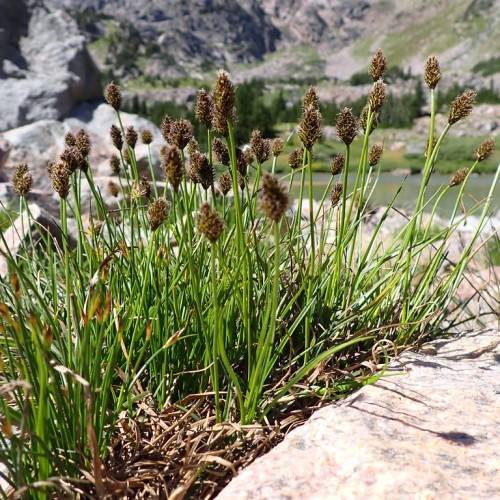
Black Alpine Sedge
Carex nigricans
Watering:
Minimal
Hardiness Zone:
Flowers:
Flowers
Sun:
Partial Shade
Leaf:
Yes
Growth Rate:
Low
Drought Tolerant:
Yes
Salt Tolerant:
Yes
watering
Nebraska Sedge should generally be watered every 3-4 days and should be given enough water to moisten the soil without creating puddles or overly soggy soil. Water is best applied to the root zone of the plant and is best performed during the morning when the sun is low and temperatures are not as hot. Make sure to avoid watering the foliage of the plant, as wet foliage may be prone to fungus and disease. For container plants, make sure to empty out water trays after watering or water very lightly so that the soil remains moist but not waterlogged.
sunlight
Nebraska Sedge requires full sunlight for optimal growth and development. The best time to provide your Nebraska Sedge with adequate sunlight is during the late afternoon and evening hours - between 4pm and 7pm - when the sun is lower in the sky. This stands in contrast to other plant species which require noontime sun. During cooler months, provide Nebraska Sedge with 6 to 8 hours of sunlight per day. In warm summer months, 8 to 10 hours of sunlight is best. Nebraska Sedge can also tolerate partial shade. However, reduced light levels can lead to lower growth rates and smaller fuller plants.
pruning
Pruning Nebraska Sedge should be done in the fall after the growing season is over to promote healthy growth in the spring. Pruning should involve removing up to 1 third of the dead or dying leaves. When pruning, be sure to cut at the base of the plant and remove old foliage completely. If possible, do not prune when temperatures are high, as this can cause shock to the plant and stunt its growth. Prune in early to mid-autumn when weather is mild, but before the first frost. Regular pruning will ensure that Nebraska Sedge remains healthy and lush.
